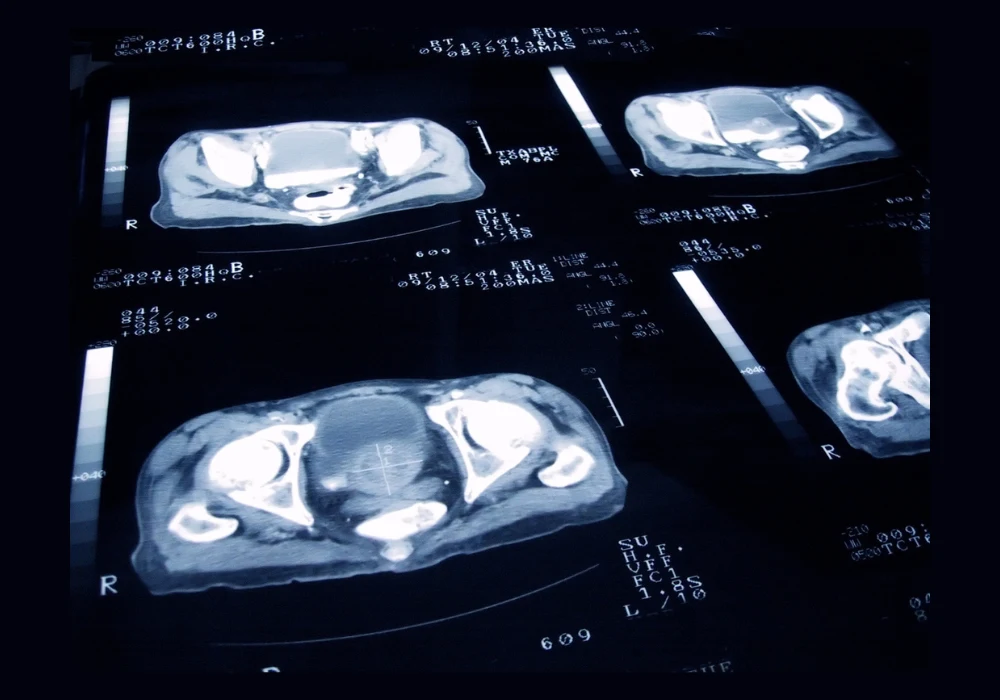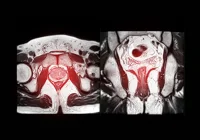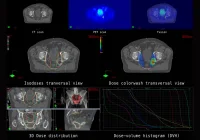Prostate cancer remains the most diagnosed cancer and a leading cause of cancer-related deaths among European men. In response, the Council of the European Union has revised its screening recommendations to include prostate cancer, encouraging member states to explore early detection programmes. Yet, unlike other established screening initiatives, prostate cancer screening lacks widespread population-based implementation, creating a significant governance gap.
A recent study addressed the need for robust governance structures to support the effective rollout of prostate cancer screening across the EU. Drawing from cancer screening policies, pilot experiences and expert consultations, it identified key governance challenges and offered evidence-based recommendations.
Screening Governance in Context
Cancer screening governance encompasses the policies, processes and institutional arrangements needed to design, implement and evaluate screening programmes. In the EU, National Cancer Control Policies (NCCPs) form a foundational element in coordinating screening and prevention efforts, especially in resource-constrained settings. Joint Actions and the WHO have underscored the need for clear organisation supported by legislation, financial frameworks, data systems, audits and continuous evaluation. Prostate cancer screening introduces particular governance complexity due to its multi-step, risk-stratified protocol involving PSA testing and MRI. Existing pilot projects in countries such as Sweden, Lithuania and Czechia provide useful insights, yet highlight the absence of a harmonised approach to screening governance. Tools such as the EU-Topia BEST and TAPIC frameworks have proven helpful in identifying barriers and governance gaps across screening systems.
Findings on Governance Challenges and Enablers
Governance issues in cancer screening programmes were assessed using the TAPIC framework—transparency, accountability, participation, integrity and policy capacity. Transparency was hindered by unclear legal provisions and data protection concerns, which in some countries constrained data linkage needed for monitoring. Clear legislation and transparent risk communication were found to be vital for public trust and oversight. Accountability was inconsistently implemented, with few countries having dedicated teams or mechanisms to oversee screening quality. Opportunistic screening and lack of incentives to follow protocols further weakened accountability.
Must Read: Improving Prostate MRI Quality: A Nationwide Study
Participation of stakeholders, especially citizens, was uneven and often underdeveloped. While some initiatives like PRAISE-U piloted collaborative boards, there remains a significant gap in frameworks to integrate public and patient perspectives in governance. Integrity, in terms of data quality and management, was also flagged. Few programmes met the recommended allocation of 10–20% of their budget for monitoring and evaluation. Variability in registry use and absence of standardised audits posed risks to programme effectiveness. Lastly, policy capacity depended heavily on the use of pilots and expert groups. While pilots foster learning, a lack of consensus on their evaluation criteria impairs progression to national rollouts.
Recommendations for Effective Governance
Drawing from literature, interviews and pilot findings, the study puts forward ten recommendations to support policymakers. First, screening governance should be clearly defined, incorporating TAPIC principles and grounded in NCCPs. Second, dedicated funding for evaluation should be ensured, ideally 10–20% of the programme budget. Third, the EU-Topia BEST tool should be employed to identify and address system barriers, particularly in follow-up and treatment pathways.
Fourth, the PRAISE-U network should develop standardised audit protocols to support quality assurance. Fifth, policy makers should agree on clear pilot objectives and criteria for scaling to national level. Sixth, a set of common KPIs for prostate cancer screening should be created and linked with international networks to facilitate data comparison and benchmarking. Seventh, mechanisms for engaging screening participants across the governance lifecycle must be formalised, building on models like the Collaborative User Boards. Eighth and ninth, findings from PRAISE-U should directly inform updates to EU recommendations and guidelines on prostate cancer screening. Lastly, strong data infrastructures are essential, supported by EU funding and aligned with the European Network of Cancer Registries.
Prostate cancer screening offers a timely opportunity to build effective governance structures. Lessons from existing programmes and pilots highlight the importance of transparent legislation, institutional accountability, inclusive participation, robust data systems and enhanced policy capacity. Applying TAPIC principles and tools such as the BEST framework allows for systematic identification of gaps and actionable solutions. Implementing the proposed recommendations can ensure that prostate cancer screening across the EU is both effective and equitable, safeguarding quality while responding to evolving population health needs.
Source: European Journal of Public Health
Image Credit: iStock










